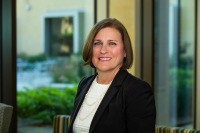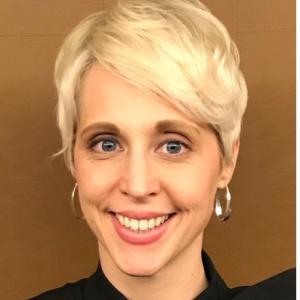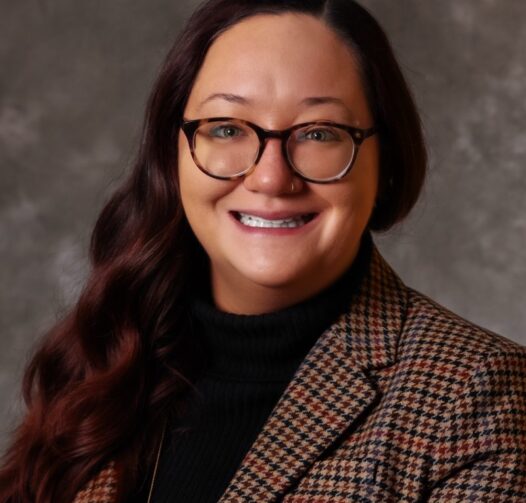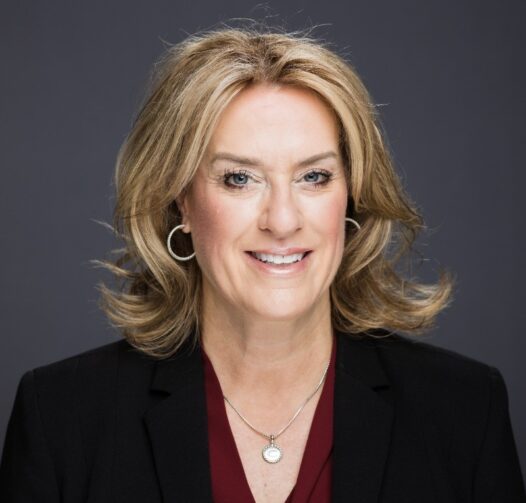Your Resource
For Nurse-Led Smart Care Teams
Smart Care Team Spotlight Podcast
In a rapidly evolving healthcare landscape, the challenges faced by clinicians are mounting. Join host Molly McCarthy MBA RN-BC, former US Microsoft CNO, as she leads captivating conversations with today’s health leaders about the game-changing potential of AI and Ambient Intelligence for care teams. Visit virtualnursing.com, your go-to resource for accelerating the transition to smart care teams.

Meet your Host
Molly McCarthy, former US Microsoft CNO
Molly K. McCarthy MBA, BSN, RN-NI is a seasoned executive harnessing the power of artificial intelligence and technology to positively transform health. She is passionate about uniting technology, clinicians, and patients to improve care delivery, safety, and outcomes. Molly is currently a health technology advisor and strategist to several companies, from early stage start-ups to global organizations. She is also spending one-year as the Howley Family Visiting Professor of Healthcare at Villanova University.
Previously, Molly spent almost ten years with Microsoft as the US Chief Nursing Officer and team leader of industry clinical and technical subject matter experts. Her team at Microsoft team was charged with helping health providers and health plans transform with digital technology innovation–most notably cloud and AI adoption.
Episodes

"Did anyone ever ask a nurse what might work? What, or what were they thinking? Or how am I supposed to take care of a patient and use this technology? So I always had an interest in making the technology better"
Dr. Nancy Beale Vice President of Clinical Informatics and Chief Nursing Informatics Officer at Catholic Health Services
Episode 53 From Bedside to Bytes: Tech That Works for Nurses with Dr. Nancy Beale


"here's a lot of technological trauma in healthcare between barcodes and electronic health records and devices that have taken nurses further and further away from their patients. You know, there's a lot to be processed there as well. And I think all of it is valid. So, how do we come to that room with an open, curious mind and think about what we could make that really delivers the kind of care we want to deliver?"
Kelly Landsman Nurse Engineer & Biomedical Engineer
Episode 52 Nurses Hold the Key to Next-Level Healthcare Innovation with Kristy Fogle


"I think our North Star needs to be our patients and our healthcare providers, and we cannot lose sight of that."
Kristy Fogle Clinical Director of the Center for Virtual Care at LifeBridge Health
Episode 51 How AI-Powered Workflows Are Lightening the Load for Clinicians with Kristy Fogle


"How this has evolved over time from smartphones to robots on the floor. Now, virtual nursing. So, seeing this whole evolution of healthcare, how has that really aligned with the nurse and like practice?"
Dr. Debbie Gregory Co-Founder of the Nursing Institute for Healthcare Design, Principal of Healthcare Innovation Consulting at Smith Seckman Reid, and co-editor of the Health Environments Research and Design Journal
Episode 50 Nurses Belong at the Design Table with Dr. Debbie Gregory


"The future is actually here right now, and nurses have to be part of the decision-making process because you can convince any CFO how important that is, because they don't want to waste one penny on the wrong move. And not having a nurse as part of the decision-making process, you are guaranteed to make a wrong move because you're putting a solution in place without asking the end user."
Claire Zangerle CEO of the American Organization for Nursing Leadership and Chief Nurse Executive of the American Hospital Association
Episode 49 How Tech Can Enhance, Not Hinder, Patient Care with Claire Zangerle







